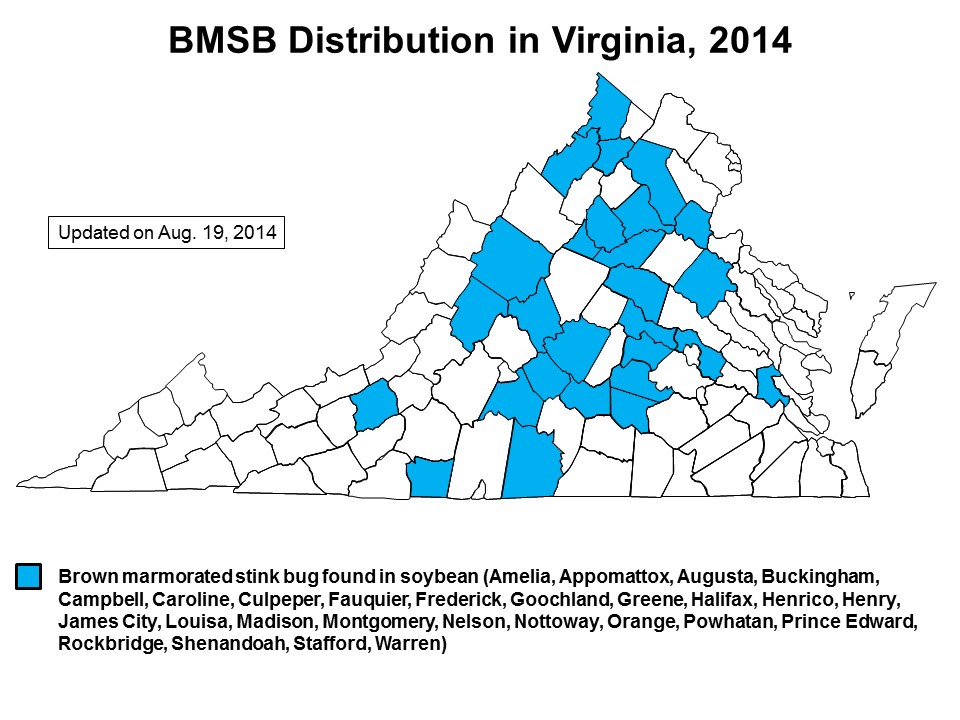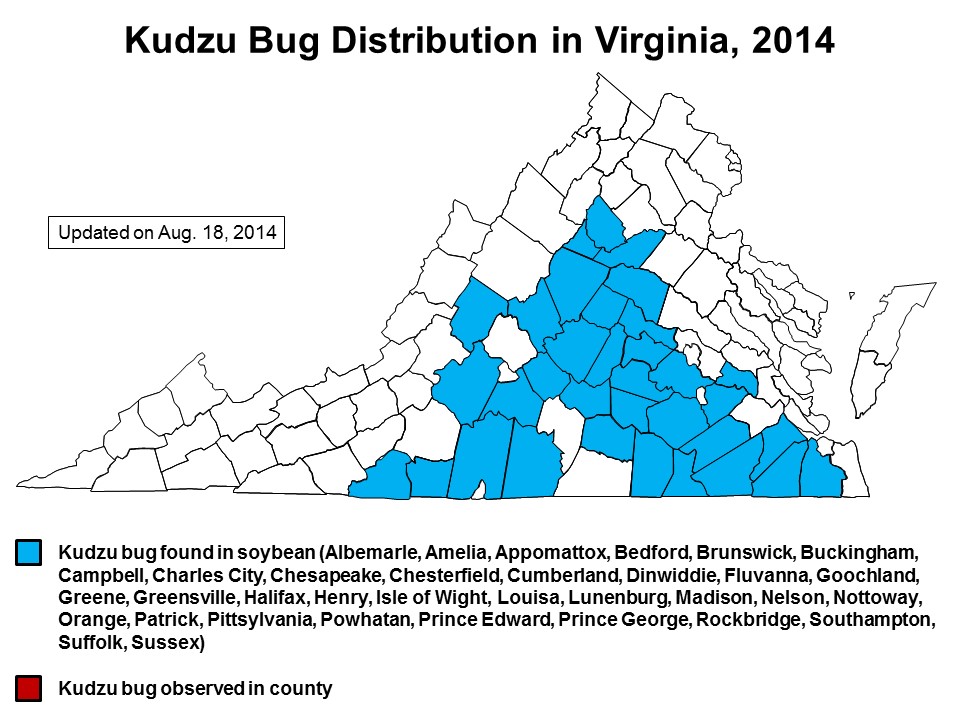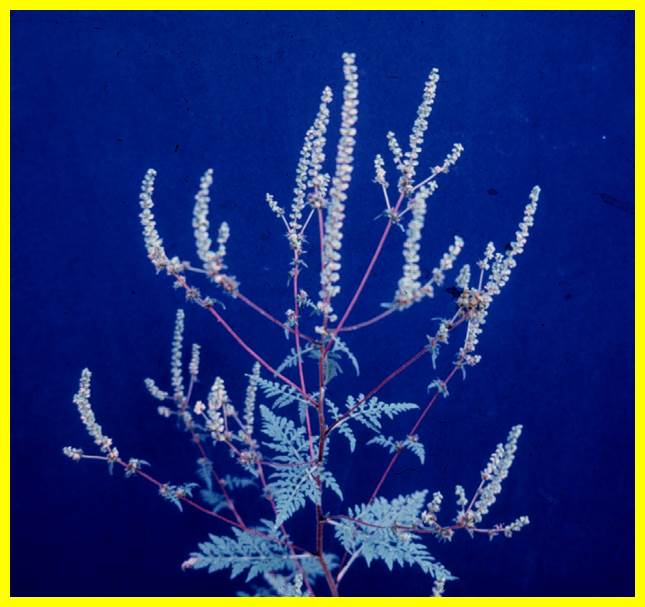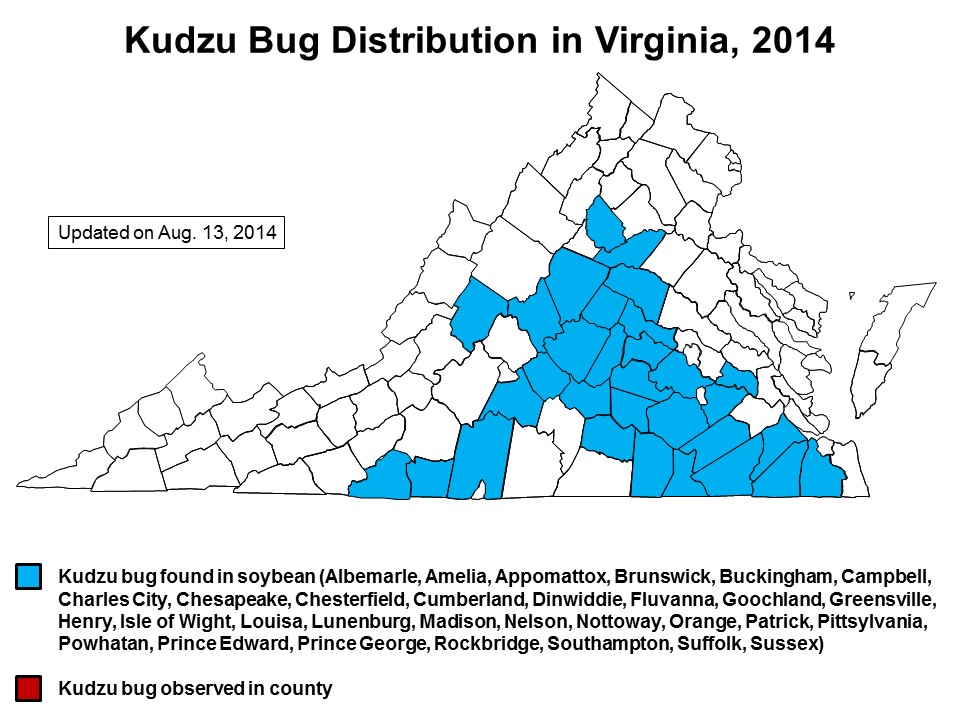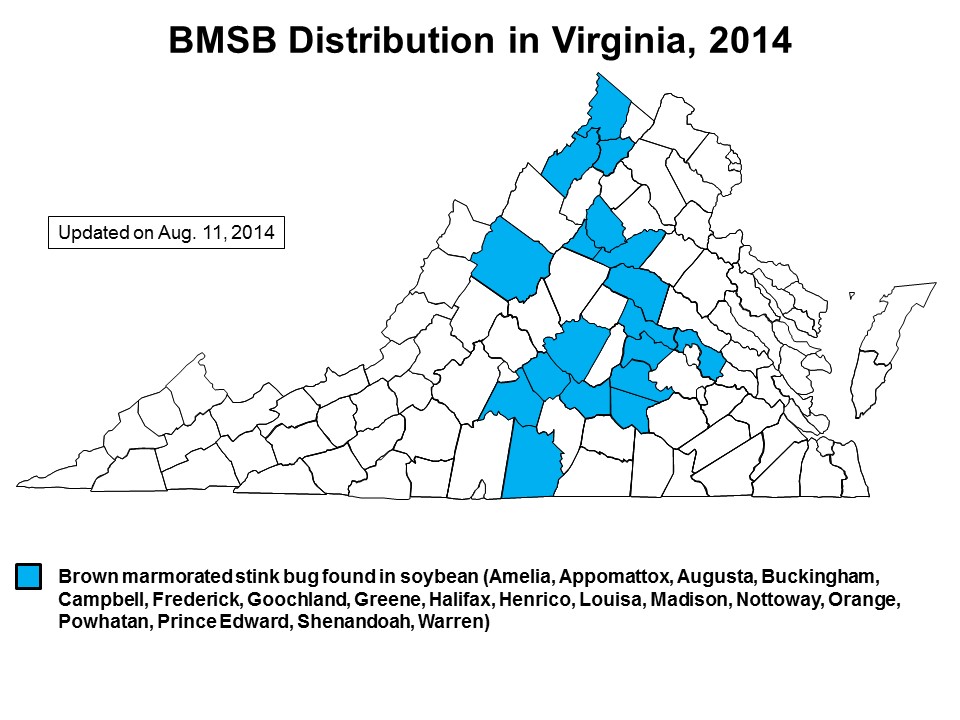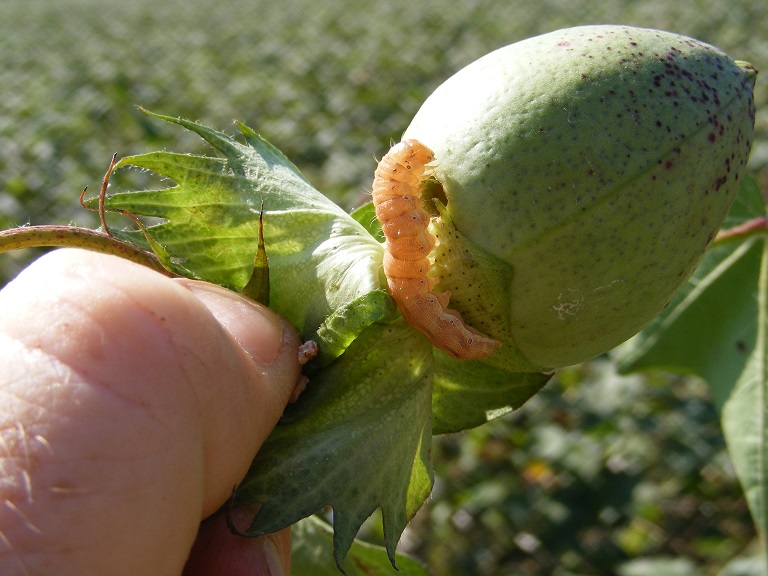BMSB was found in soybean in nine new Virginia counties this past week: James City, Caroline, Stafford, Culpeper, Fauquier, Nelson, Rockbridge, Henry, and Montgomery. The highest numbers of BMSB occurred in a Warren field (5 nymphs and 4 adults per 2-minute visual inspection), followed by Augusta (5 nymphs and 1 adult per 2-minute visual), Fauquier (5 nymphs), Buckingham (4 nymphs), James City (3 nymphs, 1 adult), and Appomattox (3 nymphs, 1 adult). Thanks to our soybean scouts and to Dr. Tom Kuhar for their updates this week.
Monthly Archives: August 2014
Kudzu bug distribution in Virginia–August 21, 2014 report
Our soybean scouts detected kudzu bug in two new Virginia counties this past week (Halifax and Greene); both of these locations had low numbers. The highest numbers of kudzu bugs reported by our scouts for the past week were in a Pittsylvania soybean field (8 nymphs and 3 adults per 15 sweeps), followed by Goochland (4 adults per 15 sweeps) and Henry (3 nymphs and 2 adults per 15 sweeps). Additionally, VCE Agent Scott Reiter reported high numbers of kudzu bug adults along the edge in a Prince George soybean field that was bordered by kudzu (50 adults in 15 sweeps in the first 30 feet of field, diminishing to 3-4 adults per 15 sweeps at 100 feet from the field edge). Scott found other fields with 0-3 kudzu bugs in 15 sweeps.
Invitation to the Virginia Tech Tidewater AREC’s Pre-Harvest Field Crops Tour
Please click on the pdf document below (Fall tour 2014) to view details for the September 11, 2014 “Pre-Harvest Field Crops Tour” at the Virginia Tech Tidewater AREC’s Hare Road Research Farm. Pre-registration instructions, times, and topics are detailed in this document.
If you are a person with a disability and desire any assistive devices, services or other accommodations to participate in this activity, please contact the Tidewater AREC at 757-657-6450* during business hours of 8:00 a.m. and 4:30 p.m. to discuss accommodations 5 days prior to the event. *TDD number is (800) 828-1120.
Peanut Disease Update – August 14, 2014
Sclerotinia blight risk has been, and continues to be, high this summer and timely fungicide applications based on advisories (Peanut-Cotton Infonet, http://webipm.ento.vt.edu/cgi-bin/infonet1.cgi) and scouting are needed to avoid devastating outbreaks of this disease. Unfortunately, it has been reported that Omega, the most effective fungicide for Sclerotinia blight control, is in short supply, and growers are looking for alternatives. At this point we are recommending Fontelis at a rate of 1.5 pints per acre. According to Barbara Shew, Extension Plant Pathologist at North Carolina State University, 1.5 pints per acre of Fontelis provide Sclerotinia control similar to one pint of Omega. Note that lower rates of Fontelis typically used for leaf spot control are not adequate for control of Sclerotinia. A follow-up Fontelis application should be made 2 to 3 weeks after the first application or according to the Sclerotinia blight advisory, but keep in mind that only two applications of this fungicide class (SDHI, group 7) should be made per year to minimize the risk of fungicide resistance. In fields with high Sclerotinia pressure, avoid using chlorothalonil (Bravo and generics) in August or early September for leaf spot control since this can increase the severity of Sclerotinia blight outbreaks. Alternatively, use strobilurin fungicides such as Abound or Headline or a triazole such as Provost for leaf spot control. However, the final leaf spot application of the season should be chlorothalonil for the purpose of fungicide resistance management. 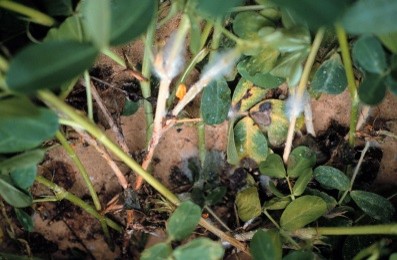
Southern Rust in Corn – Update
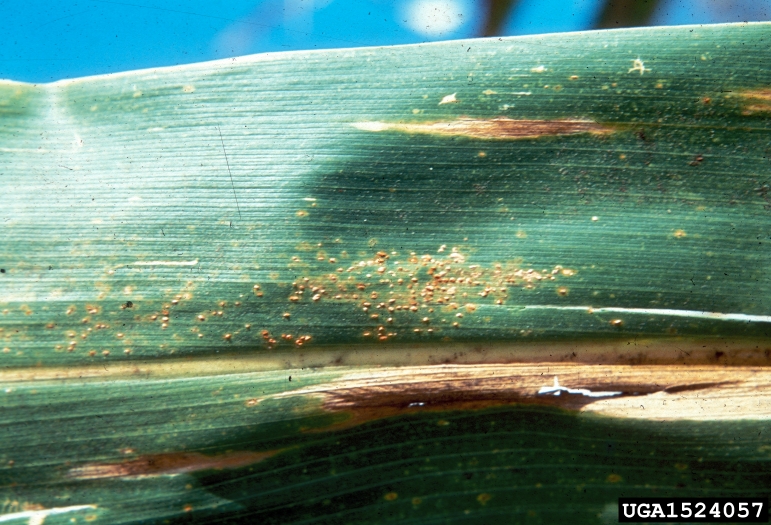 Southern rust continues to be reported on corn in Virginia. Southern rust was first confirmed August 3 on corn samples from Chesapeake and Suffolk. Since then, reports of southern rust have been made from Sussex and Albermarle counties, and it is likely that the pathogen is throughout much of the state. Yield of corn at or near the dent stage is unlikely to be impacted by the disease, but late planted corn in fields with good yield potential (120 bu/ac +) may need to be protected with a foliar fungicide. Strobilurins are good preventative fungicides whereas triazoles are recommended once sporulation is observed in a field due to their curative activity. A combination fungicide is a good option as long as a strobilurin fungicide has not been applied previously. Wet, warm weather favors disease development. Once sporulation occurs, symptoms of rust are relatively obvious. Lesions start out as raised, blister-like pustules then break open to reveal orange spores. Samples of corn plants with symptoms of southern rust can be submitted to the disease clinic at the Virginia Tech Tidewater AREC (contact Dr. Hillary Mehl, hlmehl@vt.edu).
Southern rust continues to be reported on corn in Virginia. Southern rust was first confirmed August 3 on corn samples from Chesapeake and Suffolk. Since then, reports of southern rust have been made from Sussex and Albermarle counties, and it is likely that the pathogen is throughout much of the state. Yield of corn at or near the dent stage is unlikely to be impacted by the disease, but late planted corn in fields with good yield potential (120 bu/ac +) may need to be protected with a foliar fungicide. Strobilurins are good preventative fungicides whereas triazoles are recommended once sporulation is observed in a field due to their curative activity. A combination fungicide is a good option as long as a strobilurin fungicide has not been applied previously. Wet, warm weather favors disease development. Once sporulation occurs, symptoms of rust are relatively obvious. Lesions start out as raised, blister-like pustules then break open to reveal orange spores. Samples of corn plants with symptoms of southern rust can be submitted to the disease clinic at the Virginia Tech Tidewater AREC (contact Dr. Hillary Mehl, hlmehl@vt.edu).
Late Season Weed Control in Peanut
Yesterday a farmer asked what herbicide to use for ragweed control at this time of year. I am not a weed researcher so I asked the expert: Dr. David Jordan with the North Carolina State University. He recommended Cobra, but also cautioned with its use at this stage of development. Cobra cannot be applied within 75 days of harvest. This means that if the farmer sprays it now, he will have to postpone harvest until end of October. 2,4-DB (40 to 65 days pre-harvest interval) and Select (40 days pre-harvest interval) were also recommended for late season broad leaf weed control.
Dr. Hillary Mehl’s Peanut Cotton InfoNet (http://webipm.ento.vt.edu/cgi-bin/infonet1.cgi) service shows that peanut accumulated from May 1st and until mid-August across peanut growing region in Virginia from about 1840 heat units (at Waverley) to 1980 (at Skippers). The number of heat units accumulated only from August 1st to mid-August is about 200. Bailey and Sugg require about 2600 heat units to mature; this is approximately 690 more heat units needed to reach maturity. Assuming similar temperatures for the rest of August and September, the 690 heat units can be achieved by the first week of October, or the second week of October if September gets cooler, for a May 1st planted peanut. This means that some herbicides still can be used for weed control in peanut at this time, in particular for late planted peanut; but herbicide label needs to be carefully checked.
Determining the optimum harvest maturity is more complicated than checking the heat units and counting the number of days from planting, as you very well know. Therefore, I recommend that growers take advantage of the pod-blasting clinics that Extension Agents will organize in September. One will be on September 5th at Emporia. I will also send advisories with peanut maturity starting after the first week of September.
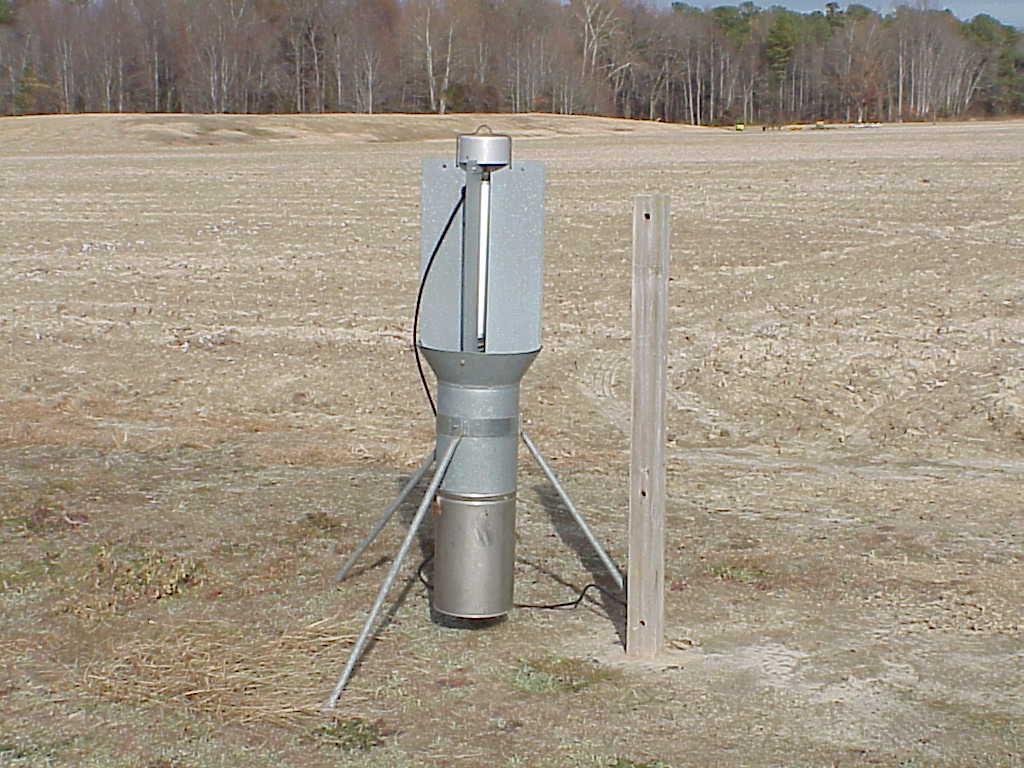
Black light trap catches for the week ending August 14, 2014
Corn earworm moth catches are increasing; please click on “BLT_14_Aug_2014” below for your local trap catches of this insect and also the brown marmorated stink bug. Thanks to the following for their reports this week: David Moore, Keith Balderson, Watson Lawrence, Kelvin Wells, Mark Kraemer, Chris Drake, Mary Beahm, Mike Parrish, Janet Spencer, and Ames Herbert and his entomology team.
Update on kudzu bug and brown marmorated stink bug
We are providing updated maps of the distribution of kudzu bug and brown marmorated stink bug in Virginia. Although we have added a few new counties since last week, overall the populations of both of these pests are very low compared with last year. To our knowledge, no soybean fields have even come close to reaching threatening levels or thresholds.
Most kudzu bug egg masses that we are finding have already hatched indicating that the second generation is occurring. This pest has only two generations so if this second generation stays small, as it appears, we may not have to treat any fields this year.
Brown marmorated stink bug levels are very low. Although a few can be found in many fields, none are reaching high levels. All of this is good news for growers. But, the season is far from over so stay vigilant.
Cotton aphids found in North Carolina
I have gotten several calls reporting that aphid infestations are occurring in some cotton fields in northeast North Carolina. To my knowledge, none have been reported from Virginia, but growers should be alerted.
In the ‘old’ days before Bt cotton, we typically treated cotton twice in August with pyrethroids for bollworm. During those years is was not uncommon to see aphid ‘flares’ after those two sprays. We know from ongoing research in soybean that pyrethroids are pretty devastating to most natural enemies (the many insects and spiders that attack and eat pest species). We presumed that the bollworm sprays were suppressing natural enemies and ‘allowing’ cotton aphid populations to build. So, is that what is going on this year in cotton? We cannot be sure or course, but more growers are treating two, even three times for plant bugs and stink bugs, and in most cases they are using pyrethroids. Are these reported aphid flare-ups related to multiple, close-interval pyrethroid sprays? We cannot be sure but if this is the beginning of a trend, we need to reconsider some things, like—are all of the plant bug and stink bugs sprays warranted and based on actual insect pressure; could some be eliminated; should we be using neonicotinoid insecticides (which can help suppress aphids), either tank mixed or as combination products, for one or more of these sprays?
All good questions that will have to be addressed if the aphid situation gets worse. Flaring a bad aphid problem will require more sprays, more money, and more bother. We need to do whatever we can to prevent this problem.
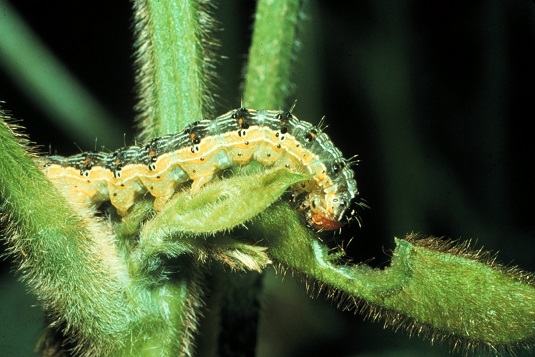
Corn earworm update: cotton and soybean
Corn earworm moth activity is up from last week. We are definitely at the front edge of the movement from corn, which is typically our biggest flight each summer. We are continually testing moths for tolerance to pyrethroids and have included the updated line graph showing percent survivorship to date in our AVT program. Although bouncing a bit, to date we have tested 371 moths with an overall 31% survival rate. This level of survivorship is pretty consistent with what we have been seeing over the past few years and warrants some consideration when selecting your insecticide.
SOYBEAN: Worms are just beginning to show up in a few soybean fields, although numbers are very low, well below threshold. Fields in the R5-R6 stage should be scouted over the next few weeks. Use the recently revised Corn Earworm Calculator (…) to determine if your fields are at threshold.
COTTON: We found corn earworm (=bollworm) eggs in some fields in this area at what was the ‘old’ pre-Bt cotton threshold towards the end of last week. In those pre-Bt cotton days, this egg threshold was used to time the first of a two-spray system: at egg threshold and again in 5-7 days. Of course this system was supplanted by the advent of Bt cotton varieties. With our current dual-insect-trait cotton varieties, as a standard program we have recommended treating fields 1) if 3% of a random sample of bolls shows either live worms or fresh worm damage, or 2) if not scouted, 7 days after the ‘old’ egg threshold has been found in yours or nearby fields.
We have recommended this single application to dual-insect-trait cotton for several years now based on ongoing field trials that show that leaving cotton untreated can often result in levels of boll damage that exceed the 3% threshold. The amount of this ‘slippage’ of the Bt traits varies a lot from year to year depending on the level on bollworm pressure. In years with high populations, we have seen as much as 9-10% boll damage in some varieties (if not treated). Last year was just the opposite. We had a VERY lackluster bollworm infestation and most varieties stayed at less than 3% damage even without an insecticide spray.
This year is still a bit iffy in terms of what we can expect. As mentioned above, the moth flight is increasing, but is still low compared to some years. If you do make an application for bollworm, with the level of pyrethroid survivorship we are seeing, you should consider using a non-pyrethroid like Belt, Prevathon, or Blackhawk, and be sure to include a product like Bifenthrin or Bidrin that targets any lingering stink infestations. Besiege is another good choice since it contains both a non-pyrethroid and Karate. These are just few of the labeled options, and as always, check labels for rates and use information.

